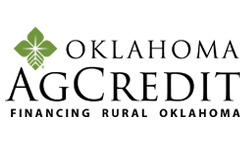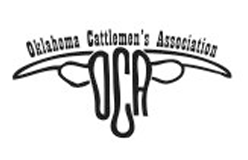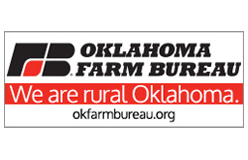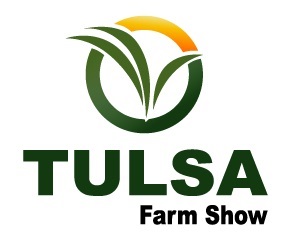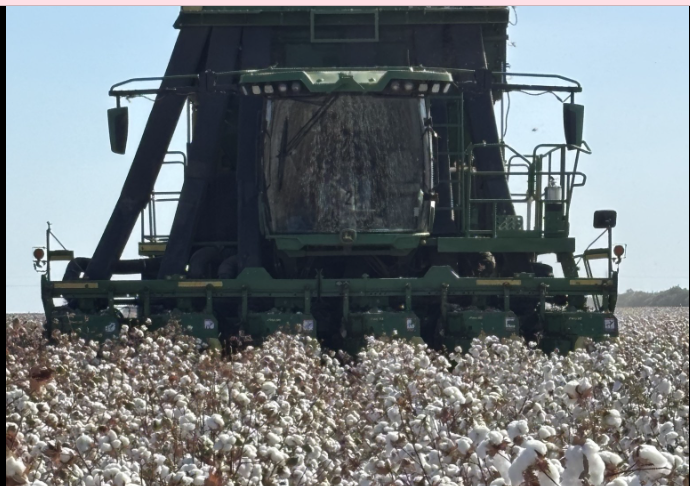
Oklahoma cotton producers are wrapping up a “really, really favorable” harvest season, with many reporting exciting and optimistic yields. However, according to OSU Cotton Extension Specialist Jenny Dudak, that excitement is being tempered by concerns over the “hot topic” of low cotton prices.
Speaking with Farm Director KC Sheperd, Dudak provided a harvest status update, a breakdown of the successful growing season, and what producers should consider next.
Harvest Status Update
As of early November, the cotton harvest is at different stages across the state. “In our traditional Southwest Oklahoma area, we are towards the end, if not wrapping up, with cotton harvest,” Dudak reported. “As you work your way north, we’re a little bit further behind,” she added, clarifying that the northern areas aren’t behind schedule, just simply behind the pace of the southern counties.
A “Really Favorable Year”
This year’s strong yields are the result of a growing season where the weather cooperated at nearly every crucial stage.
- Wet Start: The season began a bit wet, which necessitated some replanting, but conditions soon improved.
- Timely Rains: Producers received “a little bit of rainfall… just at the right times” throughout the summer.
- Irrigation & Maturity: The irrigation district successfully ran water, and the cotton matured very well.
- Beneficial Freeze: A timely first frost, which can sometimes be a problem for late-planted cotton, was actually a benefit this year. “For most of them, that freeze did help kind of knock some of those leaves off of that plant and get it harvest-ready,” Dudak said.
OSU Trial Data Coming Soon
OSU’s own variety trials are also showing promising results. “We are about 75% done harvesting our trials this year,” Dudak said, noting that so far, “yields look really great”.
The next step is to receive the grades back from the Texas Tech Fiber Analysis Center to assess the final fiber quality. Dudak cautioned that it’s important to wait for this data, as some varieties may look better in the field than they perform on paper, or vice-versa. The data will also show which varieties were better suited for different harvest equipment, such as a stripper versus a picker.
Next Steps for Producers
With harvest finishing up, Dudak said it’s time for producers to turn their attention to seed selection for 2026.
She encourages producers to contact her or their local extension office for help. “As soon as we get our grades back… I will start putting the charts together and start releasing that data to producers,” Dudak stated. This will give them “a little bit of data from maybe a field in their area” to help make informed decisions for next year.
Dudak will also be speaking at several upcoming events, including the Winter Crop School in December and the Beltwide Cotton Conference in San Antonio and the Southern Weed Science Society meeting in Nashville early next year.


